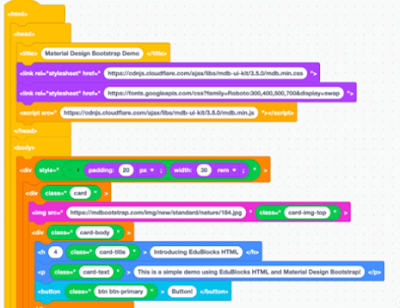Computing Curriculum and inclusion of SEN Pupils:
According to the Department for Education’s
report of 2018, about 14.6% of students in mainstream schools in England are
students with special educational needs (SEN). A child or young person (0-25
years old) has special educational needs (SEN) “if he or she has a learning
difficulty or disability which calls for special educational provision to be
made for him or her” (Department for Education, 2015:15).
A number of studies have revealed that, there
are some challenges faced when teaching certain elements of the computing
curriculum to SEN pupils. In a 2017
study on teaching computing in special education needs settings in England, 71%
of respondents mentioned ‘lack of SEND teaching resources’ as one of the main
barriers to teaching computing in schools (Elliott, 2017).
Source:
Elliott (2017),
Strategies for teaching Computer Science to SEND pupils:
A number of strategies to enable inclusion of SEN pupils can be used when teaching computer science lessons. Some of these strategies include using:
• Unplugged activities.
• Physical computing.
• Personalised, relevant context.
Unplugged activities:
Computer Science Unplugged involves a collection of activities designed to aid the teaching and learning of computer science through engaging games and puzzles using cards, string, crayons and running around.
Using unplugged activities, makes it easier to explain concepts involved for example in programming and computational thinking through physical representation. The learner can easily view and ask questions during the activities.
Physical Computing:
Physical computing is an engaging alternative to screen-only activity and involves programming digital devices such as floor robots (Bee-Bots), to sense and interact with people.








Comments
Post a Comment